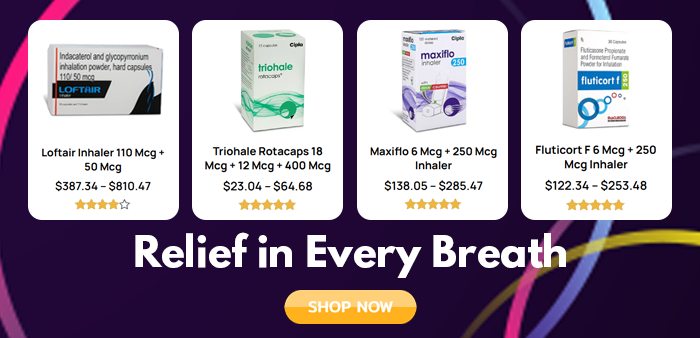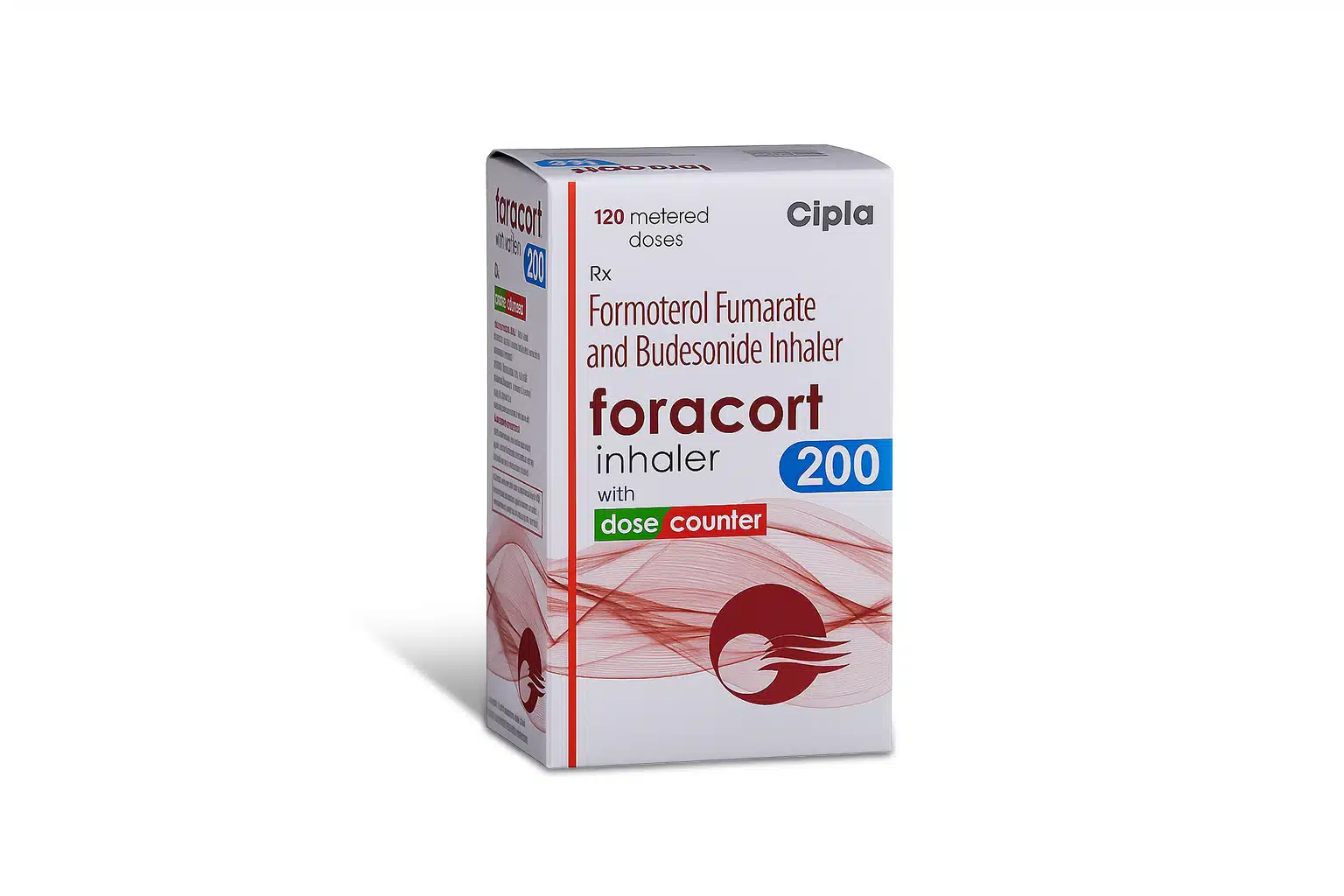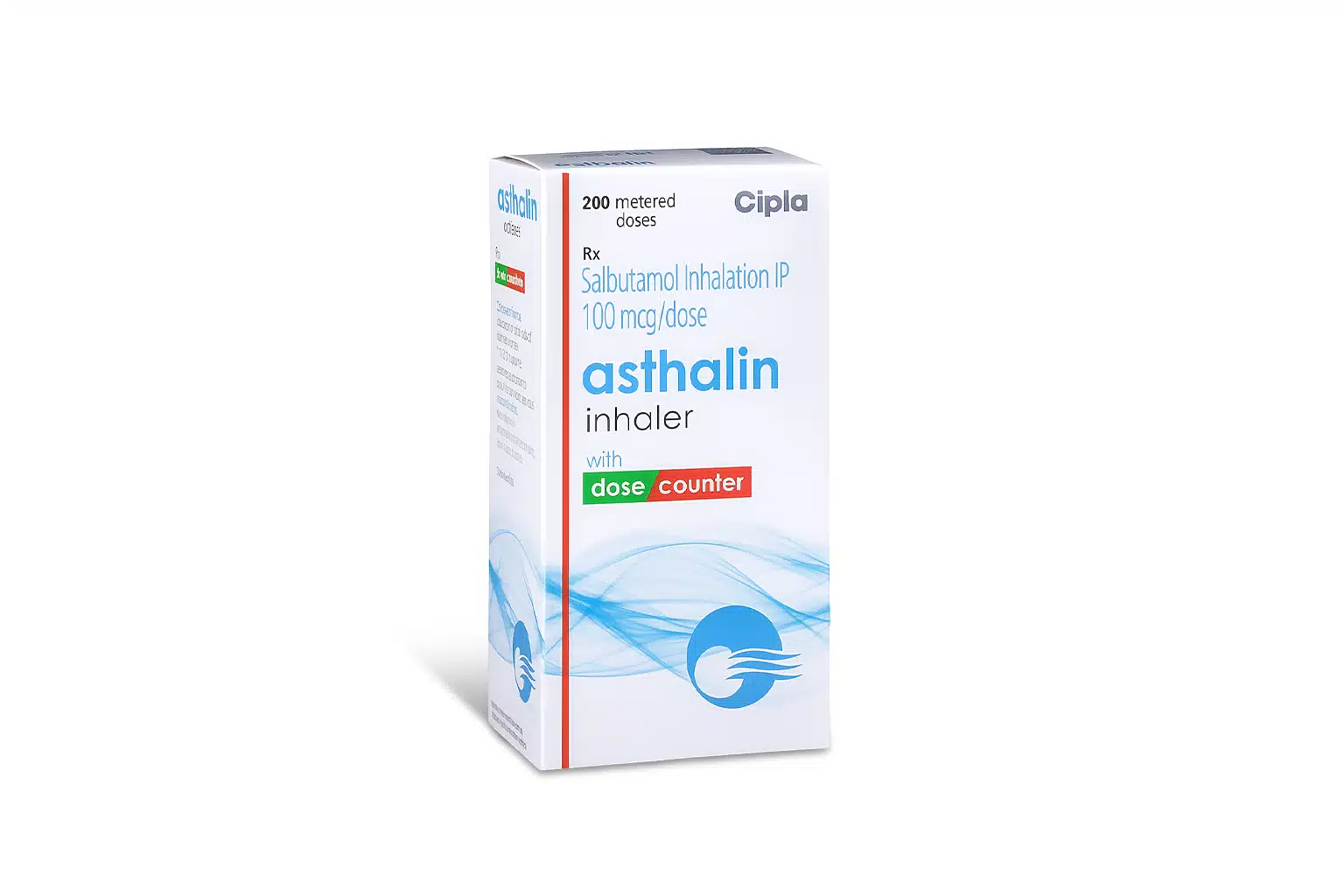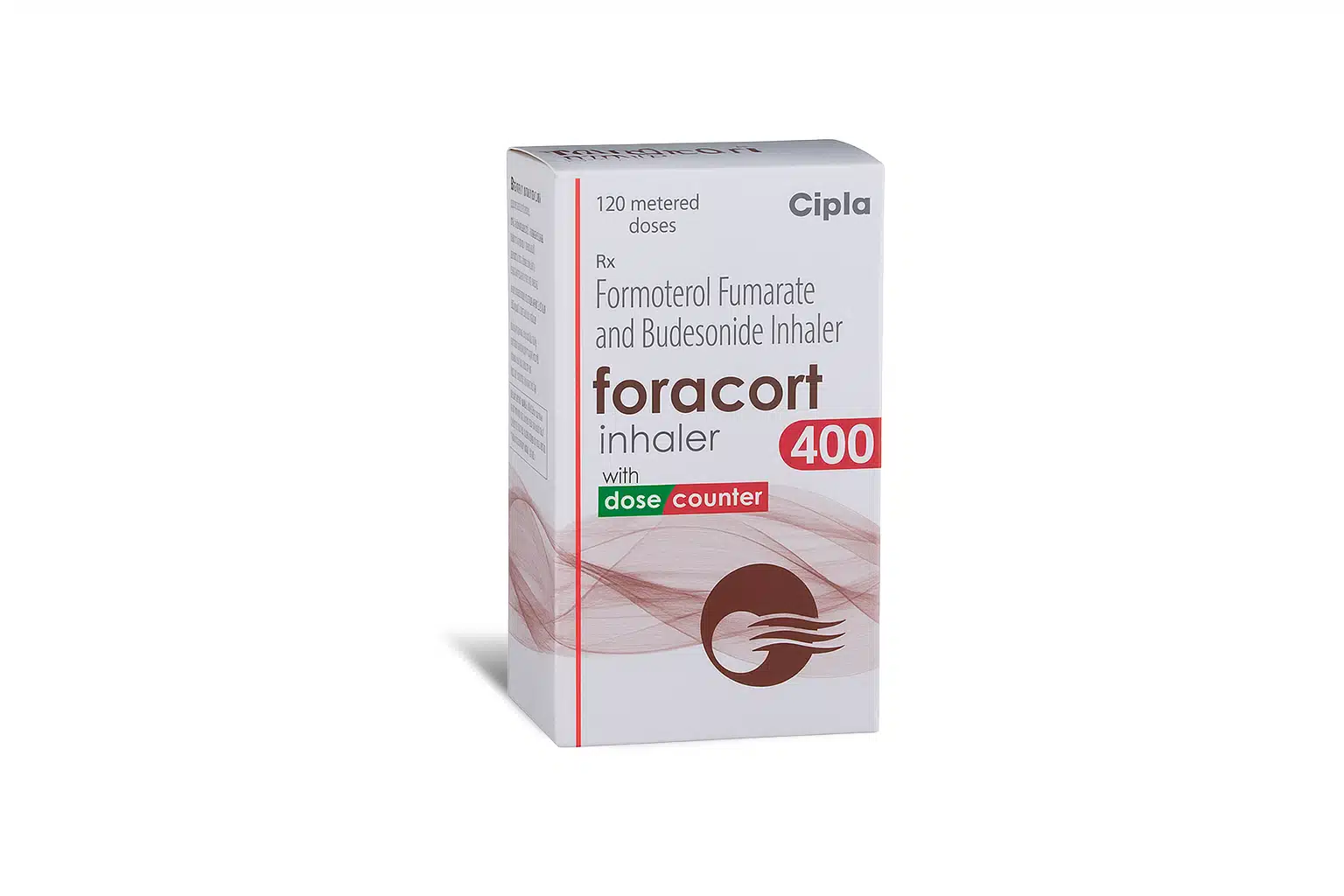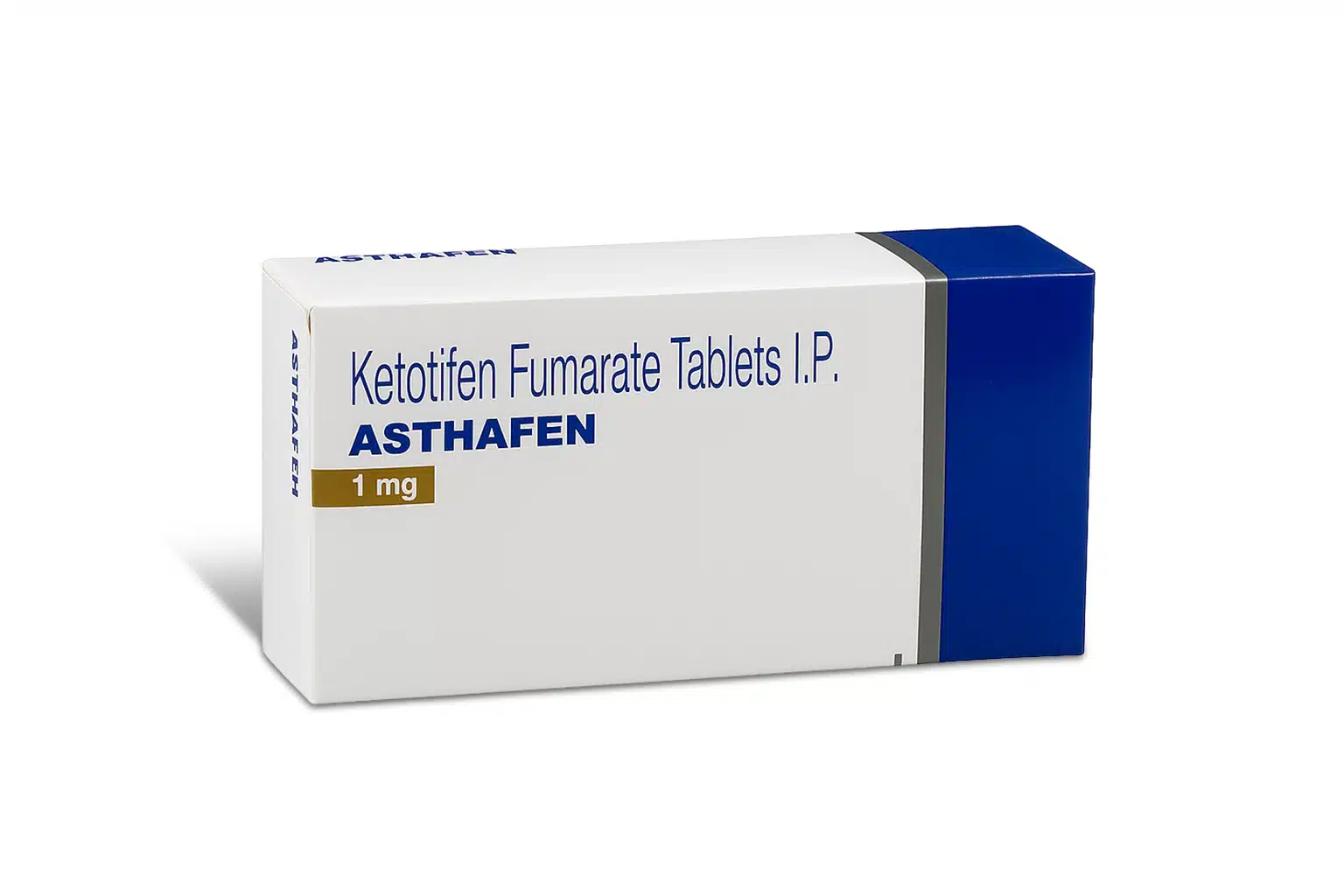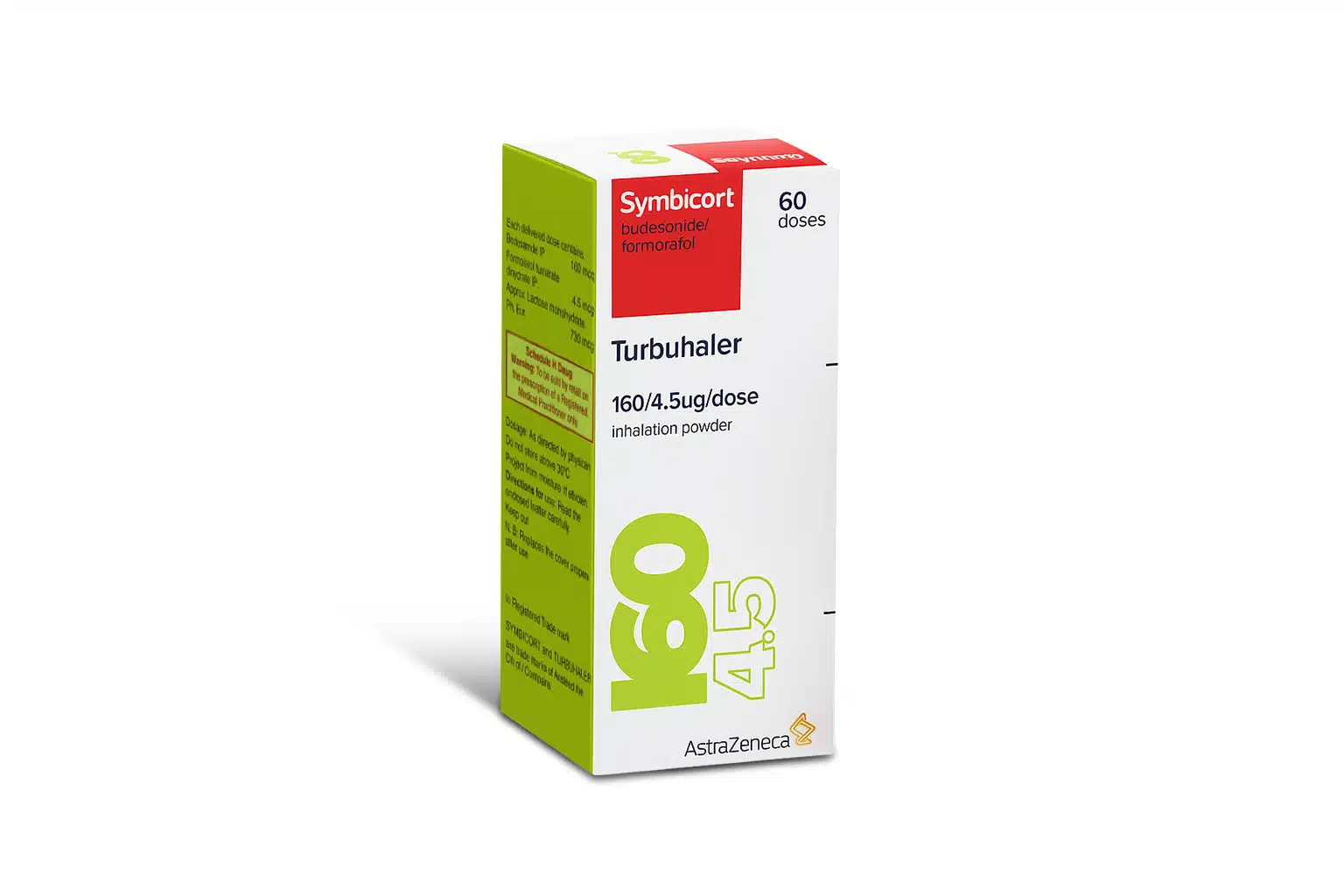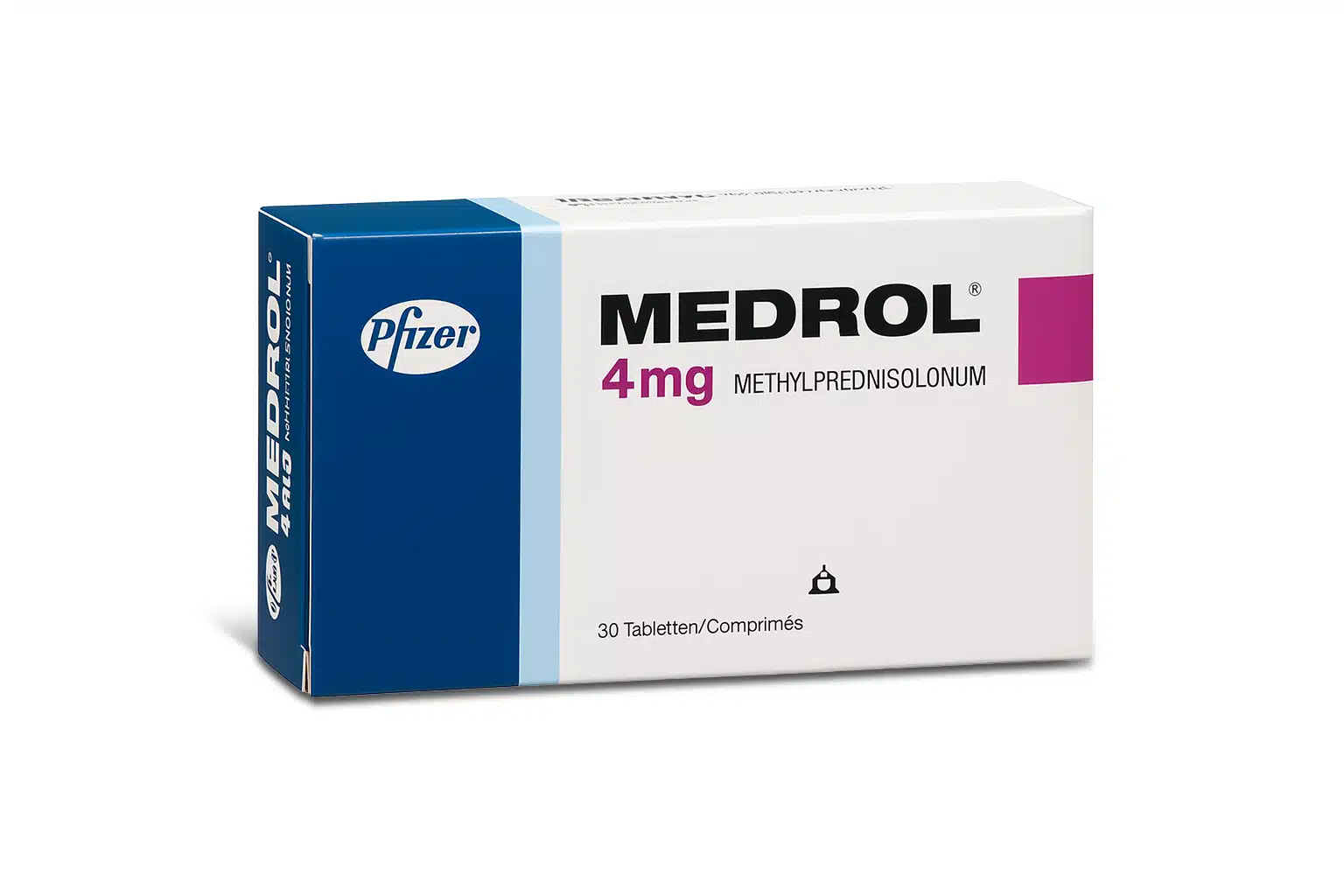If you or someone you care for uses inhalers for chronic lung disease, you have probably heard of combination products that pair an inhaled corticosteroid with a long-acting bronchodilator. Formonide Forte 12/400 is one such inhaler. It combines budesonide, an anti-inflammatory steroid, with formoterol, a long-acting bronchodilator. Together, they control airway inflammation and help keep airways open. This article explains what Formonide Forte is, how it works, its benefits, proper use, side effects, how it compares with other options, and practical tips for people with asthma or COPD who use an asthma inhaler or a COPD inhaler.
What is Formonide Forte 12/400?
Formonide Forte 12/400 is a combination inhaler containing two active ingredients per dose: formoterol 12 micrograms and budesonide 400 micrograms. Formoterol belongs to a class called long-acting beta2 agonists or LABAs. It relaxes the smooth muscle of the airways so they widen, which reduces breathlessness and wheeze. Budesonide is an inhaled corticosteroid that reduces airway inflammation, mucus production, and tissue reactivity. The two medicines together treat both the immediate problem of constricted airways and the underlying inflammation that causes flare-ups. Product listings and medication guides describe Formonide Forte 12/400 as a maintenance inhaler to be used regularly for long-term control of asthma and for many people with chronic obstructive pulmonary disease.
Why use a combination inhaler instead of single medicines?
Combination inhalers that pair an inhaled steroid with a LABA have practical and clinical advantages. First, they reduce inflammation and open the airways in a coordinated way. The steroid prevents and reduces airway swelling over time, while the LABA gives sustained bronchodilation. Second, combination inhalers improve adherence because patients use one device rather than two separate inhalers. Better adherence typically leads to fewer exacerbations and better day-to-day symptom control. Finally, clinical guidelines and trials show that using an inhaled corticosteroid together with a LABA is more effective for many patients with moderate to severe asthma than either component alone. These conclusions apply to budesonide-formoterol combinations such as the product contained in Formonide Forte.
How Formonide Forte 12/400 helps in asthma
Asthma is driven by chronic airway inflammation and episodic bronchoconstriction. Budesonide addresses the inflammatory component by reducing immune cell activation and inflammatory mediators in the airway lining. Over weeks to months, regular inhaled budesonide reduces airway hyperreactivity and the frequency of asthma attacks. Formoterol provides relatively rapid bronchodilation and a long duration of action, so it helps relieve symptoms such as wheeze and shortness of breath for many hours after an inhalation. In combination, these two effects reduce daily symptoms, improve lung function measurements such as peak flow and FEV1, and decrease the need for rescue inhalers. Numerous clinical reviews and product monographs describe budesonide-formoterol as an effective option for maintenance therapy in adults and older children with persistent asthma.
How Formonide Forte 12/400 helps in COPD
Chronic obstructive pulmonary disease includes chronic bronchitis and emphysema and is characterized by airflow limitation that is not fully reversible. In COPD, the role of inhaled corticosteroids is more selective than in asthma, but for patients with more frequent exacerbations or with overlapping asthmatic features, a steroid-LABA combination can reduce exacerbation risk and improve symptoms and quality of life. Formoterol supplies the bronchodilating effect needed to relieve breathlessness, while budesonide helps reduce the inflammatory tone that contributes to flare-ups in some patients. Several clinical trials and guideline documents support the use of budesonide-formoterol as a maintenance option in selected COPD patients to reduce exacerbations and improve symptom control. That is why many product guides for combination inhalers list both asthma and COPD among their indications.
Benefits of Formonide Forte 12/400
Here are the main benefits of Formonide Forte 12/400 that patients and prescribers commonly cite.
- Dual action for both inflammation and bronchodilation
The inhaler treats two core mechanisms in obstructive airway disease: inflammation and bronchospasm. Addressing both produces better control than treating only one mechanism. - Improved symptom control and lung function
Studies of budesonide-formoterol combinations show improvements in measures such as FEV1, symptom scores, and reduced rescue inhaler use compared with monotherapy in many patients. - Reduced exacerbations when used appropriately
For people with moderate to severe asthma and for selected COPD patients with frequent exacerbations, combination therapy lowers the risk of hospitalizations and acute flare-ups compared with some alternatives. - Faster onset of action than some other LABAs
Formoterol has a relatively quick onset of bronchodilation, which means the inhaler can provide symptomatic relief faster than some long-acting agents while still lasting many hours. This is a practical advantage for symptom control. - Convenience and better adherence
A single device for daily control reduces the number of inhalers a patient must manage, which can help adherence and simplify treatment routines. Real-world adherence improvements often translate into fewer exacerbations.
Those are the main benefits of Formonide Forte 12/400 cited in product materials and clinical literature. As with all medicines, benefits must be weighed against risks and individualized with a healthcare provider.
Inhalers
-
Foracort Inhaler 6/200 Mcg
Inhalers$11.52 – $34.20Price range: $11.52 through $34.20Rated 4.00 out of 5Shop Now This product has multiple variants. The options may be chosen on the product page -
Asthalin HFA Inhaler 100 Mcg (200 mdi)
Inhalers$8.28 – $21.96Price range: $8.28 through $21.96Rated 4.00 out of 5Shop Now This product has multiple variants. The options may be chosen on the product page -
Duolin Inhaler 50 Mcg + 20 Mcg
Inhalers$38.03 – $99.39Price range: $38.03 through $99.39Rated 5.00 out of 5Shop Now This product has multiple variants. The options may be chosen on the product page -
Levolin 50 Mcg (200mdi) Inhaler
Inhalers$6.77 – $34.49Price range: $6.77 through $34.49Rated 5.00 out of 5Shop Now This product has multiple variants. The options may be chosen on the product page -
Foracort Inhaler 6/400 Mcg
Inhalers$17.98 – $49.25Price range: $17.98 through $49.25Rated 4.00 out of 5Shop Now This product has multiple variants. The options may be chosen on the product page -
Ventorlin CFC Free Inhaler 100 Mcg/18 Mg
Inhalers$14.25 – $28.80Price range: $14.25 through $28.80Rated 5.00 out of 5Shop Now This product has multiple variants. The options may be chosen on the product page -
Formonide 200 Inhaler
Inhalers$69.61 – $142.73Price range: $69.61 through $142.73Rated 4.00 out of 5Shop Now This product has multiple variants. The options may be chosen on the product page -
Asthafen 1 Mg
Inhalers$13.44 – $22.21Price range: $13.44 through $22.21Rated 4.00 out of 5Shop Now This product has multiple variants. The options may be chosen on the product page -
Seretide 50 Mcg/250 Mcg Accuhaler
Inhalers$41.47 – $117.99Price range: $41.47 through $117.99Rated 4.00 out of 5Shop Now This product has multiple variants. The options may be chosen on the product page -
Beclate Inhaler 200 Mcg
Inhalers$13.60 – $36.80Price range: $13.60 through $36.80Rated 4.00 out of 5Shop Now This product has multiple variants. The options may be chosen on the product page -
Symbicort 160 Turbuhaler
Inhalers$85.94 – $205.05Price range: $85.94 through $205.05Rated 4.00 out of 5Shop Now This product has multiple variants. The options may be chosen on the product page -
Depo-Medrol 40 Mg Injection 2 ml
Inhalers$17.28 – $44.10Price range: $17.28 through $44.10Rated 5.00 out of 5Shop Now This product has multiple variants. The options may be chosen on the product page -
Medrol 4 Mg Tablet
Inhalers$13.44 – $26.13Price range: $13.44 through $26.13Rated 4.00 out of 5Shop Now This product has multiple variants. The options may be chosen on the product page -
Omnacortil 40 Mg Tablet
Inhalers$57.60 – $164.64Price range: $57.60 through $164.64Rated 4.00 out of 5Shop Now This product has multiple variants. The options may be chosen on the product page
Proper use and dosing tips
Formonide Forte 12/400 is a maintenance inhaler and should be used exactly as your clinician prescribes. General points that apply to most budesonide-formoterol inhalers include the following.
- Take the inhaler at the prescribed frequency, commonly twice daily for maintenance doses in adults, unless your prescriber gives a different regimen. Do not use the maintenance inhaler as a sole rescue inhaler for sudden, severe attacks.
- Rinse your mouth with water and spit after inhalation to reduce the risk of oral thrush and hoarseness from the steroid.
- Keep a short-acting rescue inhaler available, such as salbutamol or another SABA, for sudden symptoms between doses, unless your clinician gives a different plan.
- Learn correct inhaler technique from a healthcare professional and review it periodically. Poor technique reduces the medication that reaches the lungs and reduces benefit.
- Do not stop the steroid component abruptly without medical advice. If discontinuation is contemplated, your clinician will provide a safe plan.
Specific dosing may vary by product formulation and local regulatory approvals. Some budesonide-formoterol preparations have different microgram strengths for different age groups or indications. Always follow the product leaflet and the prescriber’s instructions.
Side effects and safety considerations
Like all medicines, Formonide Forte 12/400 can cause side effects. Common and generally manageable effects include throat irritation, cough, hoarseness, and fungal infection of the mouth or throat (oral thrush). Rinsing the mouth after inhalation and maintaining good inhaler hygiene lowers the risk of thrush. Systemic steroid effects such as bone thinning, adrenal suppression, or growth effects in children are uncommon at usual inhaled doses but are possible with high doses or long-term use, which is why regular review by a clinician is important. Formoterol may cause tremor, palpitations, or increased heart rate in some people. If you have heart disease, uncontrolled high blood pressure, or certain arrhythmias, discuss these with your doctor before using a LABA-containing inhaler.
Certain safety points are worth noting.
- LABA monotherapy increases asthma risk if used without an inhaled steroid. Combination inhalers pair the LABA with a steroid to avoid that problem. Never use a LABA alone for asthma control.
- If you experience sudden severe worsening of breathlessness, chest tightness, or other severe symptoms, seek urgent care. Combination inhalers are maintenance therapy and do not replace immediate medical attention for severe attacks.
How Formonide Forte compares with branded products
Formonide Forte 12/400 contains the same active classes as well-known combination inhalers such as Symbicort, which pairs budesonide and formoterol. Clinical studies on budesonide-formoterol combinations show consistent benefits for symptom control and exacerbation reduction when used correctly. Differences between brands or generic formulations usually involve device design, dose counters, propellants, or price rather than the fundamental pharmacology. Talk with your pharmacist or prescriber if you are switching brands to confirm dosing and inhaler technique.
Practical tips for getting the most from an asthma inhaler or COPD inhaler
- Practice inhaler technique with a clinician or pharmacist. Small errors reduce drug delivery significantly.
- Keep a written action plan. For people with asthma, action plans that specify what to do when symptoms worsen reduce ER visits. For COPD, plans that identify early signs of exacerbation help prompt treatment.
- Use a spacer if recommended. A spacer can improve the delivery of steroid particles to the lungs for some devices.
- Monitor symptoms and peak flow if advised by your clinician. Tracking helps identify worsening control earlier.
- Attend regular reviews for medication adjustment, inhaler checks, and assessment of exacerbation risk.
Final thoughts
Formonide Forte 12/400 is one of several budesonide-formoterol combination inhalers available that provide two complementary mechanisms of action: anti-inflammatory steroid therapy plus long-acting bronchodilation. For many patients with moderate to severe asthma and for selected COPD patients, it offers effective symptom control, improved lung function, and reduced exacerbation risk when used correctly. As with all inhaled medications, the real-world benefit depends on correct inhaler technique, adherence to the prescribed regimen, periodic clinical review, and attention to side effects and comorbidities.
If you are considering Formonide Forte or any steroid-LABA inhaler, speak with your respiratory clinician, pulmonary specialist, or pharmacist. They will confirm whether this inhaler is the right asthma inhaler or COPD inhaler for you, show you the correct technique, and set an action plan to keep you breathing easier and safer.
FAQ's
Q1: Is Formonide Forte 12/400 a rescue inhaler?
A: No. Formonide Forte is a maintenance inhaler meant for regular use to control inflammation and provide long lasting bronchodilation. For sudden attacks, you should use a SABA rescue inhaler and seek urgent care if symptoms are severe.
Q2: Can Formonide Forte be used for both asthma and COPD?
A: Yes. The budesonide-formoterol combination is widely used for asthma control and is indicated for selected COPD patients, particularly those with frequent exacerbations or an overlapping asthmatic component. Your doctor will decide if it is appropriate for your conditions.
Q3: What are the benefits of Formonide Forte compared with taking two separate inhalers?
A: The main benefits are convenience, likely improved adherence, and coordinated dosing of the steroid and LABA. Improved adherence often leads to better symptom control and fewer exacerbations.
Q4: How quickly will I feel better after starting Formonide Forte?
A: Some bronchodilating effects from formoterol can be felt quickly, often within minutes. The anti-inflammatory effects of budesonide take days to weeks to produce full benefit. That is why regular use as prescribed is important.
Q5: Are there any interactions or precautions I should know about?
A: Inform your prescriber of heart disease, high blood pressure, diabetes, thyroid problems, or medications such as beta blockers. Avoid abrupt stopping of inhaled steroids without medical guidance. If you experience side effects such as rapid heartbeat, severe tremor, or worsening breathing, contact your healthcare provider.
References
- Bateman ED. Studies on budesonide/formoterol in asthma show rapid relief and efficacy. Clinical pharmacology reviews demonstrate the combined effects on bronchodilation and inflammation. PMC
- PubMed Central review articles and ERJ trial data on budesonide-formoterol efficacy in asthma and COPD. These publications provide trial evidence for improved lung function and reduced exacerbations in selected patients. PMC

